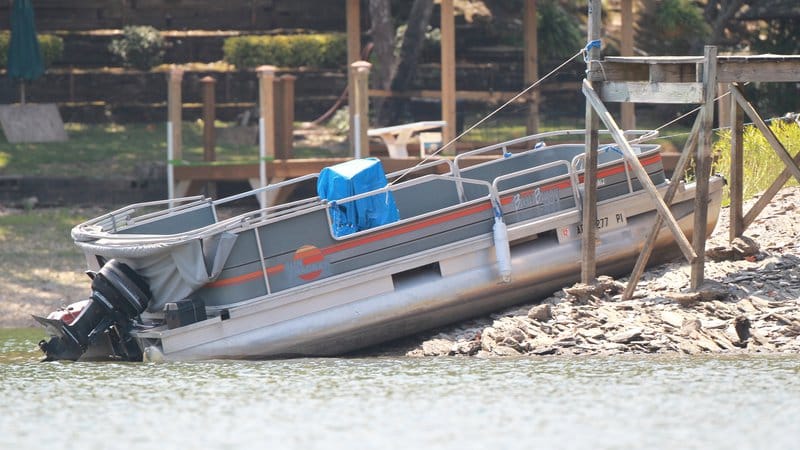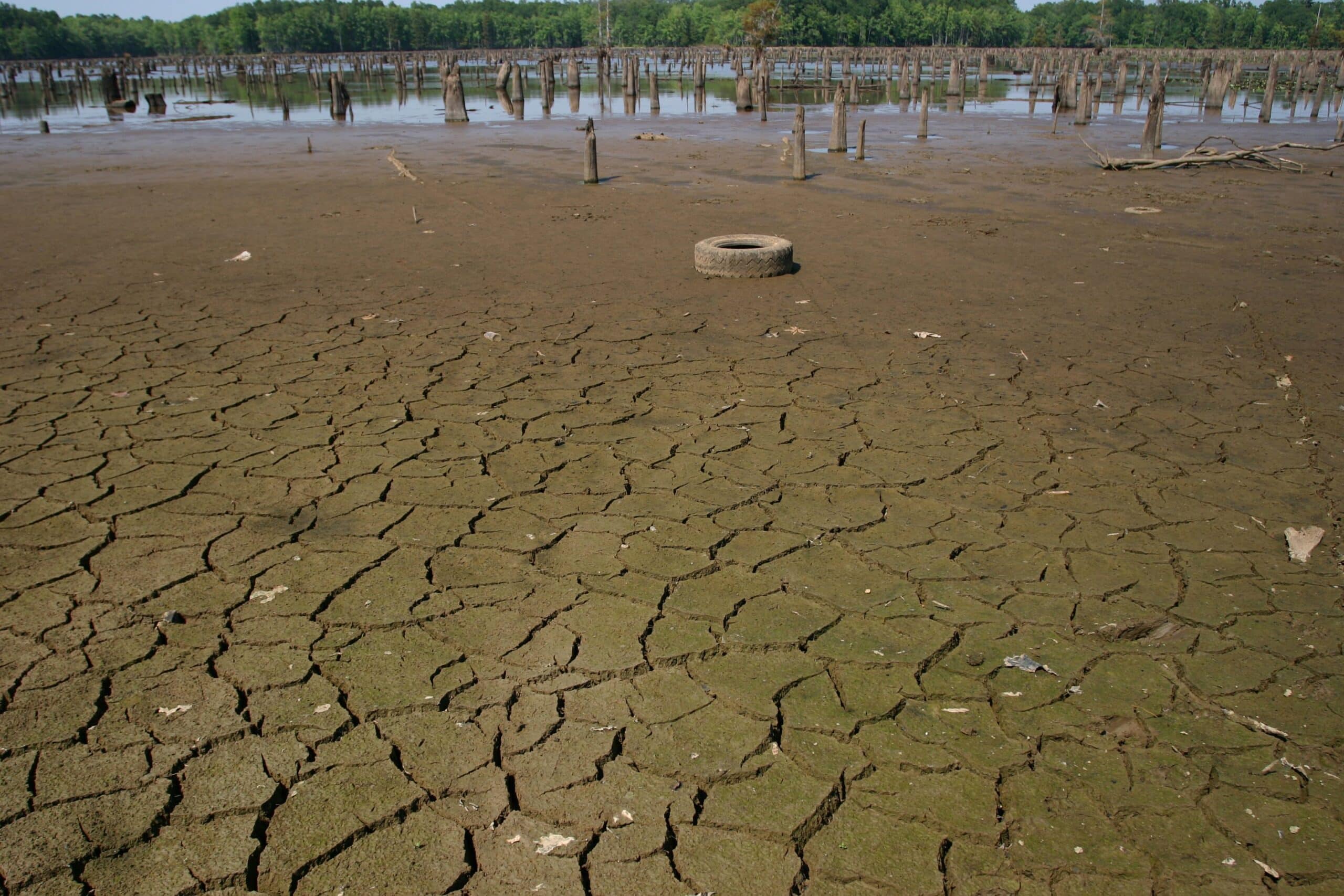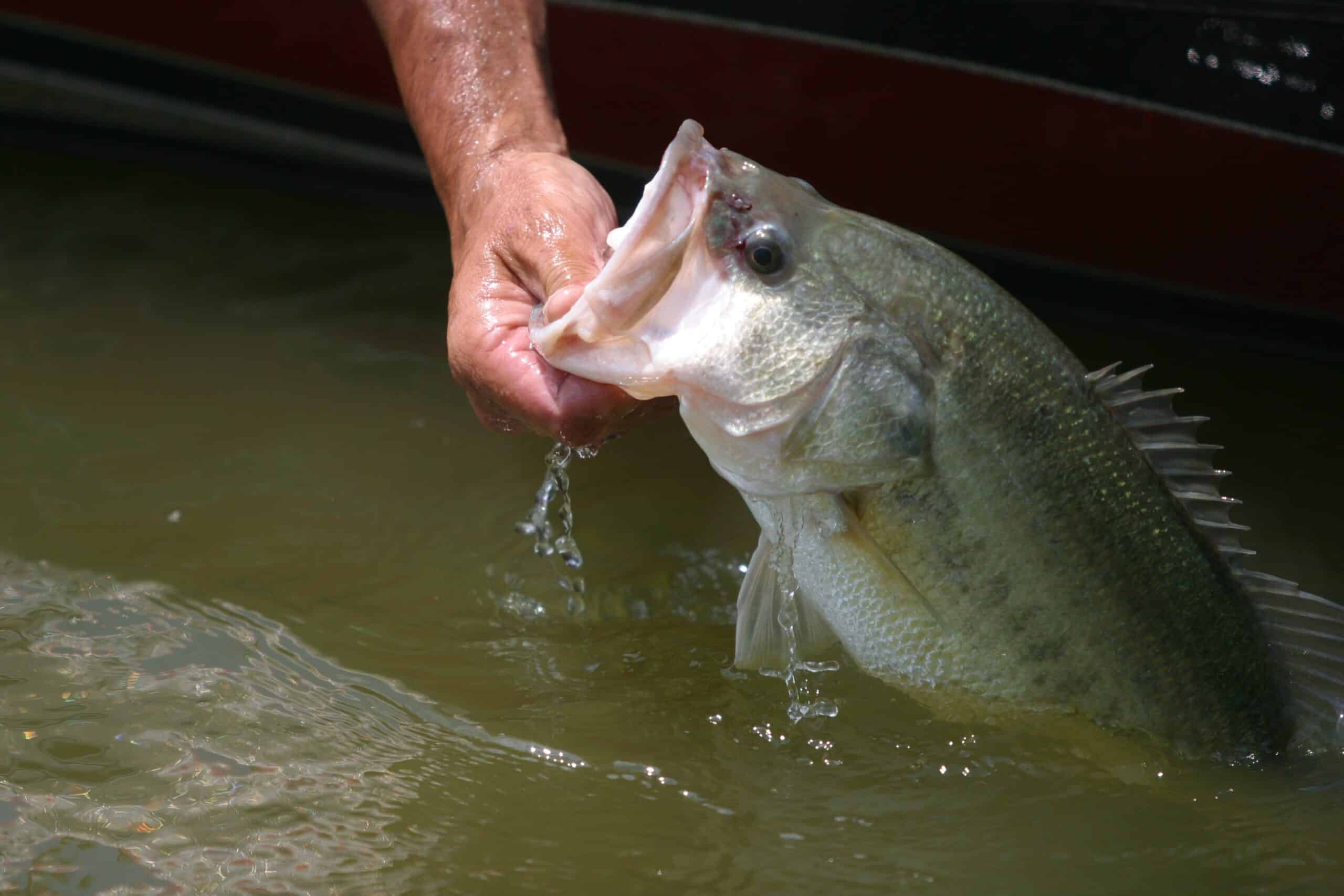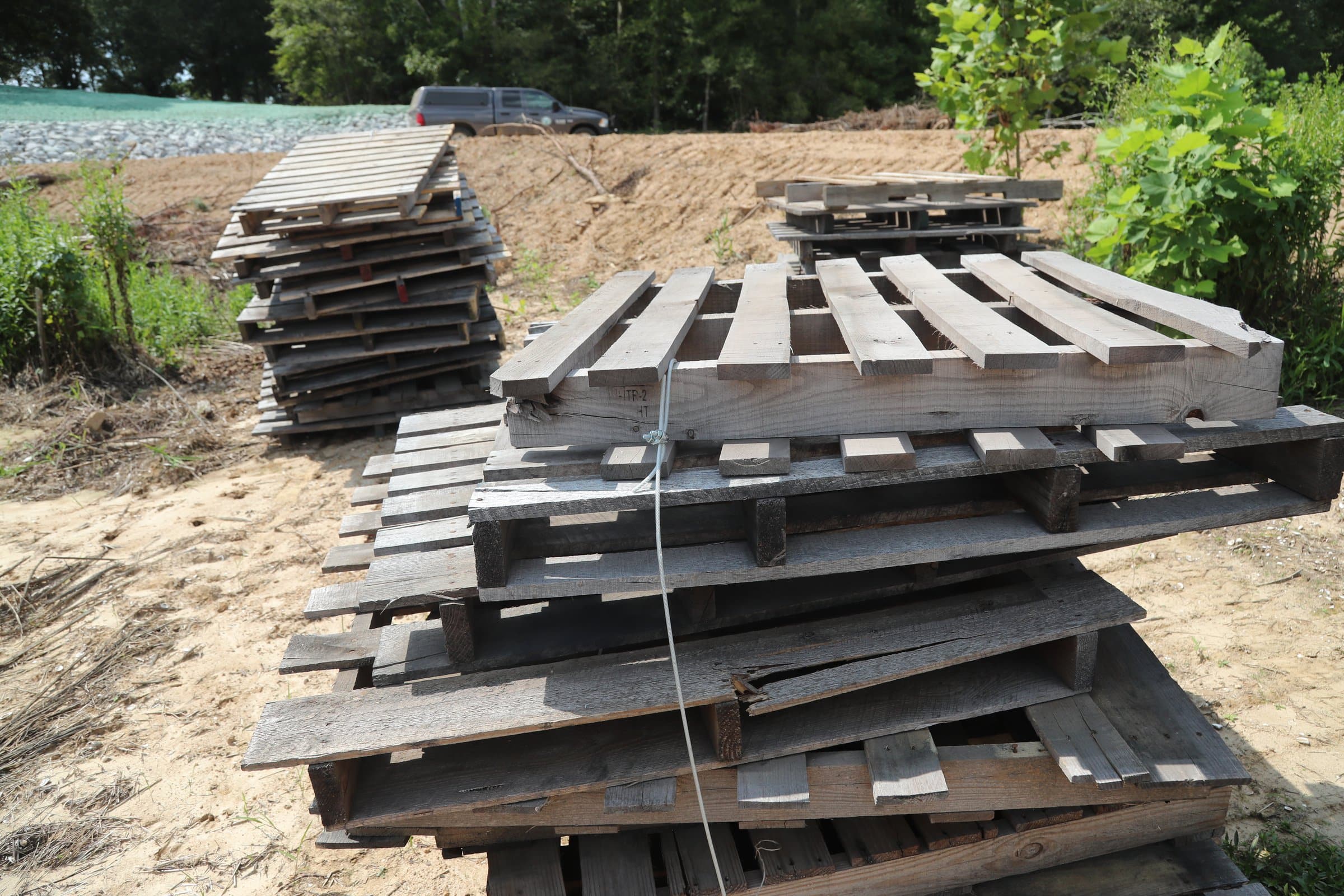The high points of low water
BY agfc
ON 11-23-2022

Nov. 23, 2022
LITTLE ROCK — Anglers who arrive at a few Arkansas lakes during winter may be surprised to discover that the shoreline has grown since their last trip when the sun’s warmth still blanketed the state. Winter drawdowns are common among many Arkansas lakes, and although they may be a bit inconvenient at a few boat ramps, their benefits to the fishery are unmistakable.
Many large Army Corps of Engineers reservoirs see lower winter levels as lower rainfall and increased power generation draw more from the reservoir’s coffers. Many smaller lakes also see periodic drawdowns. Some of the most recent drawdowns, such as in the case with Lower White Oak Lake and Lake Monticello, occurred because major repairs were needed to the dams and water-control structures used to maintain the water level. However, other drawdowns are scheduled on a routine basis to offer some added benefits to a lake’s aquatic habitat and future fishing experiences.
Vic DiCenzo, Arkansas Game and Fish Commission assistant chief of fisheries, coordinated the latest revision to the agency’s Reservoir Black Bass Management Plan. He says fluctuations in water levels can have different effects based on the timing of high and low water.
“Like anything else with fisheries or wildlife management, drawdowns aren’t a one-size-fits-all concept,” DiCenzo said. “It really depends on the lake being drawn down and the desired conditions we’re trying to achieve. Some lakes can benefit greatly from a winter drawdown, and some lakes will only see marginal improvements to habitat at best.”
DiCenzo credits Kris Nault, AGFC regional fisheries supervisor in Monticello, for outlining the benefits of drawdowns in the plan.
“Everyone, including angler focus groups, had a part in all aspects of the plan,” DiCenzo said. “But Kris really outlined the benefits of drawdowns very well. He’s currently working on one of the AGFC’s biggest drawdown projects at Lake Monticello, so he was perfect to handle that portion of the final plan.”
Hedge-trimming
This year, anglers in central Arkansas will witness one of the primary reasons for a drawdown: managing aquatic vegetation. Central Arkansas Water has initiated a winter-long 10-foot drawdown to knock back some of the hydrilla that has grown in the lake in recent years. Vegetation control also is a primary motivator in Entergy’s annual drawdowns of Lake Hamilton and Lake Catherine in Hot Springs.
Lake Erling also will see a drawdown this winter to fight the invasive species giant salvinia, which costs millions of dollars in control efforts to biologists in Louisiana. Perennial vegetation, which spreads by fragments breaking off and establishing new plants, is particularly susceptible to drawdowns as long as the water level is low long enough for the vegetation to dry out and freeze. In some cases, multiple freezing events are needed to kill the root systems of these plants. The drawdown typically does not impact the seeds left behind, but it does give some temporary relief to weed-choked areas. The drawdown likely will need to be repeated periodically to maintain the benefit.

Gaining depth
Over time, sediments, silt and organic matter can build up in mats on the bottom of a lake. In shallow bodies of water with heavy vegetation and little current, this buildup can eventually choke out aquatic habitat to the point there’s no room left for fish. Regular drawdowns can combat this issue by allowing the buildup to dry and contract. Increased exposure to the air also will enable organic matter to decompose more rapidly, reclaiming some of the depth lost to stagnant conditions. While summer drawdowns offer much more benefit to increasing depth, winter drawdowns can help, depending on the type of sediment on the bottom and the length of exposure. The initial drawdown also helps move some of the top layer of fine silt in the shallows to deeper water, offering additional benefit to shoreline depth.
Recycling resources
According to the plan, drawdowns also can increase the amount of nutrients available to fish in a lake. Once the silt has dried and cracked and organic matter decomposes, nutrients are available to boost the phytoplankton in the lake once it refills. That phytoplankton bloom will feed zooplankton, aquatic insects and small fish, strengthening the base of the lake’s food web. This healthy base ultimately leads to more food for top-level predators like bass and crappie.

Boosting the buffet
A winter drawdown also can have an immediate effect on the larger predators, giving them some added growth during winter. As water recedes, fish that have been able to hide in thick vegetation and cover are forced out of their sanctuaries, where larger predators can target them. Black bass, larger crappie and other predators can feed without spending as much energy chasing down their meals. This results in increased consumption rates and growth rates of larger predators, improving the size structure of the fish populations. Once the water returns, the forage base can make use of the newly flooded habitat to recover quickly.
Just ducky
A few drawdowns on AGFC-owned lakes also tie into waterfowl management. Lakes such as Harris Brake Lake in Perry County and Lake Charles in Lawrence County are used to assist with flooding greentree reservoirs for mallards and wood ducks each winter. While these drawdowns are more temporary than those conducted for fisheries management alone, they still provide some of those added benefits until rainfall runoff recharges the lake to full pool.
“Lake Charles is used to help flood greentree reservoirs in Shirey Bay Rainey Brake Wildlife Management Area,” said Brett Timmons, regional fisheries supervisor for the AGFC. “Once the area is flooded, we close the gates again. It can take about two weeks to refill the reservoir, but if we continue to see drought conditions like we’ve experienced so far this year, that may take a little longer, but it should still refill by the second week in December.”

Building better habitat
Fisheries biologists also take advantage of many drawdowns as an opportunity to boost aquatic habitat through the use of terrestrial vegetation. Seeding millet, wheat and ryegrass offers some winter benefit to wildlife on the shoreline, but its real benefit comes when the water returns. This newly grown vegetation will offer cover for newly hatched baitfish and game fish, which can lead to large year classes of bass, crappie and bluegill. The vegetation breaks down during the summer, so it does not become a nuisance issue, but it can help juvenile bass avoid predation long enough to get a jumpstart on growth.
Winter drawdowns also let biologists “plant” brushpiles and other artificial cover more efficiently. Much more cover can be moved and placed using ATV’s, trucks and tractors than by boat if the lakebed is dry enough to handle the weight. Brushpiles can be anchored to the lakebed instead of weighted with cinder blocks, and larger concrete structures can be positioned that would normally be too much for all but the most specialized boats to carry.
Shorebound benefits
Construction not only applies to habitat and infrastructure, but also to boat docks, houses, slides and other approved structures around the lakeshore. AGFC staff often take advantage of scheduled drawdowns to repair and replace courtesy fishing piers, and encourages landowners bordering AGFC-owned lakes to do the same.
“Although the property surrounding an AGFC-owned lake is public, landowners are allowed to have boat houses and other structures that adhere to the AGFC’s land use policy,” DiCenzo said. “Winter drawdowns are an excellent time to inspect these structures and make repairs so they are safe and usable in spring and summer.”
What’s an angler to do when the lake level drops and some of their favorite shoreline structure is high and dry? Beach the boat and take a hike. Bring along a GPS unit or get an app for your smartphone like OnX (click here for a 30 percent discount code valid until Nov. 29), which will let you drop pins on promising areas. Even though modern sonar technology can give you a pretty good picture of what’s under the surface, there’s no substitute for laying your eyes on exactly how things lay out on those typically flooded areas. Snap a few pictures to remind yourself whether that blob on the sonar is a stump, boulder or piece of some manmade object so you’ll know how best to approach it once the water level is back to normal in spring.
Recent News
Subscribe to Our Weekly Newsletter E-mails
Don’t miss another issue. Sign up now to receive the AGFC Wildlife Weekly Newsletter in your mailbox every Wednesday afternoon (Waterfowl Reports are published weekly during waterfowl season and periodically outside the season). Fishing Reports arrive on Thursdays. Fill in the following fields and hit submit. Thanks, and welcome!


